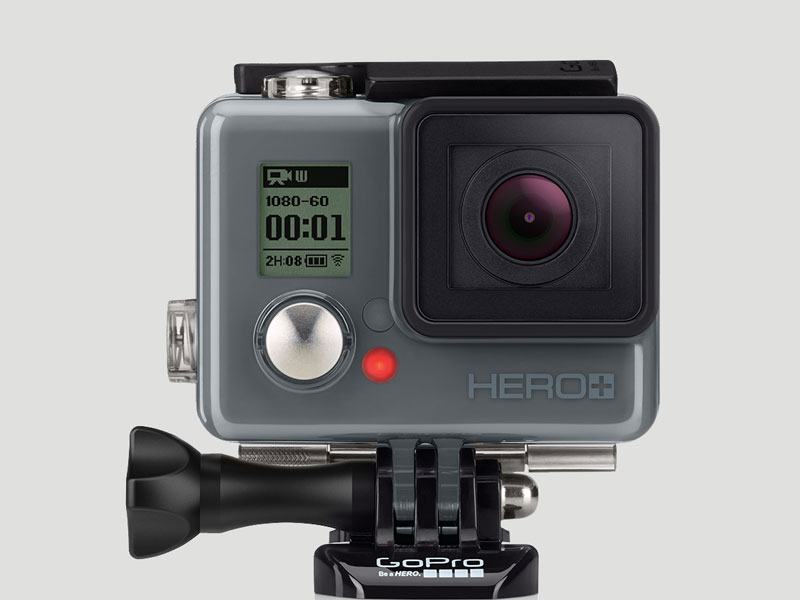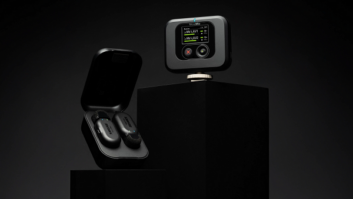
The launch of lower-cost virtual-reality headsets and the availability of 360 video experiences without headsets — such as those found on YouTube and Facebook — are both creating a heightened interest in 360 video capture, according to market-research firm Futuresource Consulting.
Products from Kodak, Nikon, Samsung, Vuze, Ricoh and LG are grabbing the attention of consumers, as are less-established companies seeking funding via Kickstarter. Also growing: the varying form factors of the cameras, which now range from mountable and handheld to aerial drones and cameras that can be thrown in the air.
Futuresource said it expects the vast majority of demand for single-unit 360-degree cameras, such as the Kodak SP360, to initially be driven by early adopters and sports enthusiasts.
“Increased competition throughout the forecast period should see prices fall and lead to rising demand from casual users, similar to the trend with traditional action cameras e.g., GoPro Hero4,” said the firm.
According to Futuresource, 150,000 360-degree camera units were sold worldwide in 2015, which represents 1 percent of total action cameras. Growth accelerated this year following the launch of new models and developments within virtual reality. As such, the firm expects 600,000 units to ship globally in 2016, and a total of 9.8 million action cameras. North America will account for almost half of this.
Futuresource only includes single-unit devices in its definition of consumer 360-degree cameras, rather than a 360 rig setup using traditional action cameras or high-end professional devices.

“It’s still relatively early days for the 360 segment and there are some limitations,” said Futuresource, “such as the quality/resolution of the video and issues with video/content stitching, particularly with the low-end models, although these issues are likely to be addressed moving forward. While volumes will remain comparatively niche in the short term, the longer term outlook for 360 degree cameras is positive, accounting for 34 percent of the overall action camera market by 2020, 4 million 360-degree cameras.”
Growth will be further fueled by user-generated content for virtual reality. Futuresource named YouTube and Facebook as the key platforms for 360 video activity, which enable users to view content without a dedicated headset. Consumers seeking a more immersive A/V experience can still use a headset like the Samsung Gear VR.
“Despite smartphones being the most convenient device for casual photography, demand for certain dedicated image capture devices, such as action cameras, remains steady as consumers see the benefit of wearable/mountable, hands-free capture,” said Futuresource.













